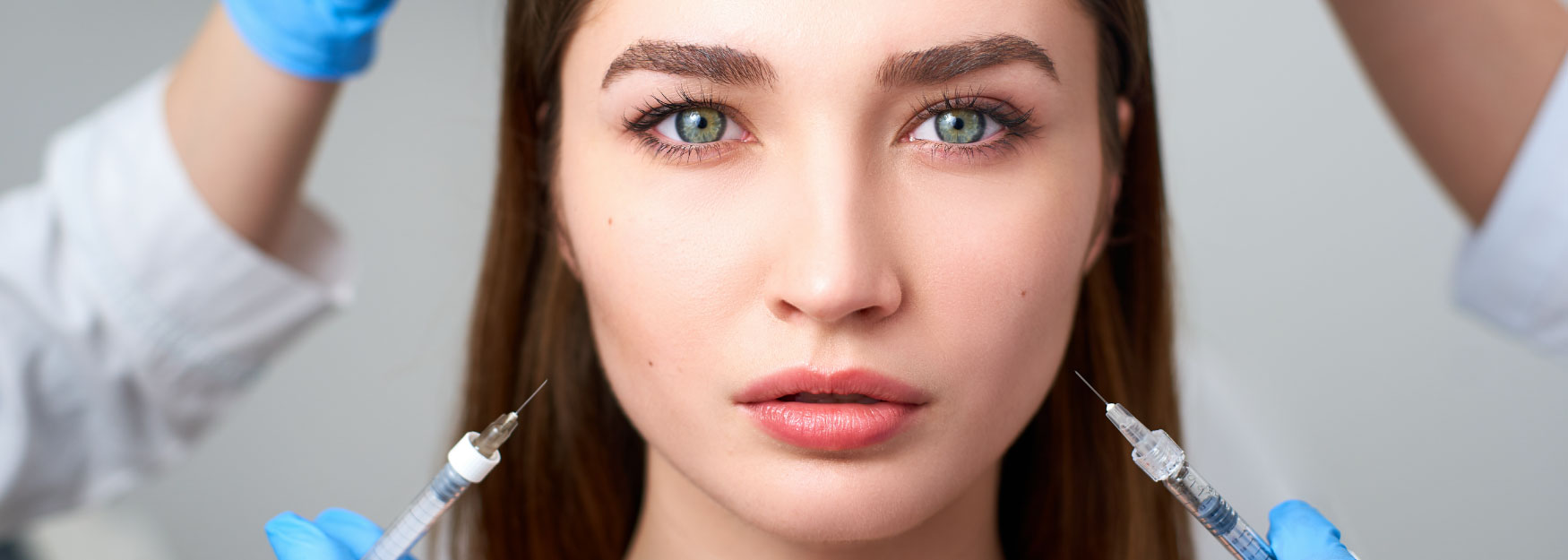
BHRC BLOG
Botox VS Dysport: Age-Defying Skin Care Compared
Non-surgical esthetic treatments are popular ways to avoid the signs of aging, and both Botox Vs Dysport have been touted as the top contenders for the most natural-looking results.
But what are these two treatments types? What do they do and what’s the difference between them?
Similarities Between Botox & Dysport
Both Botox Vs Dysport (formerly Reloxin) have the same active ingredient. They are both botulinum type A injectables that work by relaxing the facial muscles responsible for causing frown lines and wrinkles. They have a high safety profile and are FDA-approved. They have both been in the market for at least 15 years, though Dysport only came into the US market in 2009.
They both can be used on the face and other parts of the body. They share similar side effects and same efficacy in creating that amazing youthful look.
In fact, in scientific double-blind clinical studies, most patients and doctors are unable to tell the difference from looking at the two results.
Differences Between Botox & Dysport
Botox is made by Allergan Plc. while Dysport is made by Galderma Pharmaceuticals. They use different measuring units since Dysport has smaller-sized molecules. Dysport is usually cheaper too, but that depends on the amount required and which specialist serves you.
Botox is typically supplied in single-use vials each containing 50 or 100 ONA units. Dysport is supplied in 300 or 500 ABO units per vial designed for single-use.
The most talked of differences are that Dysport diffuses more than Botox, and this influences which part of the face/body it’s used on.
How Do Botox Vs Dysport Work?
As we age, our facial skin becomes thinner though our facial muscles don’t really change. Thus, any muscle movement results in wrinkles and creases which get deeper and more over time.
The botulinum toxins present in Botox and Dysport work by blocking nerve action to relax these facial muscles and minimize movement of the skin. Since the skin regenerates naturally throughout your life, more collagen is produced when these muscles stop contracting to fill out the skin, thus eliminating wrinkles and creases.
Results
Dysport results are generally visible quicker – 2-3 days compared to Botox 4-7 days – though Botox has shown a longer duration of efficacy. Both treatments will need to be repeated after about 3-6 months depending on the individual, area treated, and the amount of dosage.
Both injectables operate on the premise that repeated treatments cause your muscles stay inactive longer. And when the muscles are not used as much as before, the wrinkles take longer to reappear.
But Dysport may have an edge…
A “Dysport challenge” conducted when Galderma introduced this injectable treatment to the market collated treatment preference of over 130,000 patients who tried Dysport. Of these patients, all of whom had used Botox previously, 97% chose to stay with Dysport upon re-treatment after 90 days.
Side Effects
Clinical studies show that both Botox Vs Dysport have a high safety profile. They are both well tolerated and show no significant difference in pain and length of recovery times.
Ultimately, your choice of specialist influences your results. Poor results are usually due to delivery mistakes rather than the product. Some report side effects include swelling, redness, an unnatural look (plastic face), soreness, droopiness, and some itchiness. The plastic face or frozen face effect is usually a result of overmedication.
So, to avoid these and other side effects, it’s best to seek expert specialists who accurately focus on the target areas without affecting the surrounding skin layers.
Botox Vs Dysport: What’s in It for You?
The choice on whether to use Botox or opt for Dysport comes down to what results you want to see.
Since Dysport is a smaller protein, it’s best suited for smoothing out crow’s feet and other wrinkles around the eyes.
With a slower diffuse rate, Botox is preferred for smaller target areas, especially when undergoing minor corrections.
Whatever your choice, you will still walk out wrinkle free! So talk to our expert dermatologists today for more details on which treatment best suits your need.







